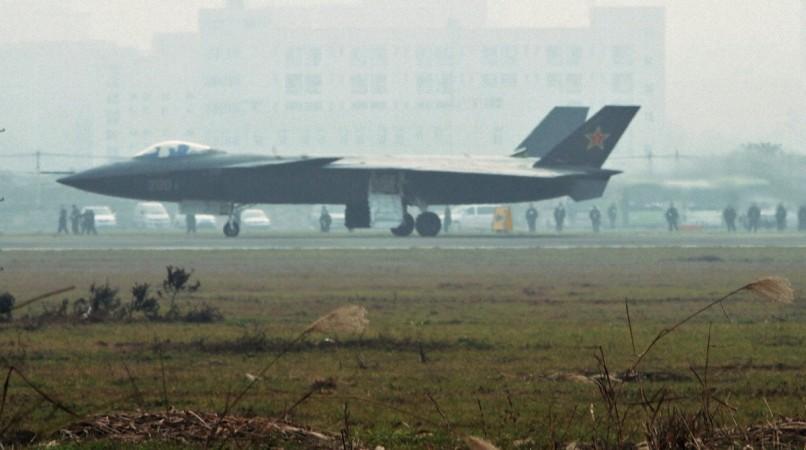
China is moving fast to get a leg-up on the US in arms capability even as global military, diplomatic and economic balance of power undergoes an inevitable shift. The Chinese focus currently is on challenging the hitherto unquestioned US dominance in airborne battle while significant strides have been made in naval warfare and guided weapons projects as well, the Military Balance 2018 report by ISS says.
While the western bloc will hold onto a tenuous edge in military capability for some more time, the steady rise of China and Russia increases the possibility of a 'great power conflict'. According to the report, nations are sensitive to the possibility of conflict more than ever before and are boosting defence spending.
Unprecedented scale and pace
Strategically the most outstanding among China's modern arsenal is the Chengdu J-20, a lookalike of US F-22, and the first to qualify as a fifth generation fighter aircraft from a military power other than the US. "China looks on track, by 2020, to begin operating the Chengdu J-20 low-observable combat aircraft in front-line squadron service. If this happens, the US would lose its monopoly on operational stealthy combat aircraft," the report says.
In the guided missile segment, China is looking to press into service the PL-15 extended range air-to-air missile this year. "These advances are all part of the Chinese air force's goal to become capable of challenging any opponent in the air domain. For the past three decades, air dominance has been a key advantage for the US and its allies. This can no longer be assumed," the Military Balance report says. There has been a near-unprecedented scale and pace in China's efforts to build its air-to-air weapons inventory in recent years the report says.

China's navy is also catching up fast with the advanced capabilities of the US naval fleet. In the last 17 years the Asian power built more submarines, destroyers, frigates and corvettes than Japan, South Korea and India combined, the report says. The biggest achievement in the naval arena is the Type055 cruiser, which made sure Chinese navy closed another gap in its blue-water capabilities.
"China's navy is deploying further afield, including to Europe, and Beijing's base in Djibouti will enable more naval deployments. Closer to home, China continues to reinforce its military facilities on features it has expanded in the South China Sea."
Nuclear warfare capability
China still lags behind the US considerably in terms of the absolute defence outlay. At $150 billion, China's defence budget is still only about one fourth of the US war chest, but the moot point is that China has already emerged as an innovator in defence technology. It's no longer a nation that spends all its defence budget for buying advanced weapons from outside. In recent years, China moved past the 'catching up' phase and developed high-performance computing and quantum communications that will help it stay level with the US and the western bloc.
Even as major global military powers place increased emphasis on nuclear weapons capability with a focus on beating missile defences, China is moving fast to "reconstitute an air-delivered nuclear capability as a part of its future bomber force."
The US National Defense Strategy has given the right weightage to a potential great power conflict involving China. As it often happened in the past, the US and the Western Bloc will aim to develop 'leap-ahead' defence technologies to retain the edge over China. But this is increasingly becoming a tough task.
"The growing democratisation of technology will make it harder still, given that the West no longer has a monopoly on world-leading defence innovation and production, or the funds to enable these. Indeed, China might be the one to leap ahead."











